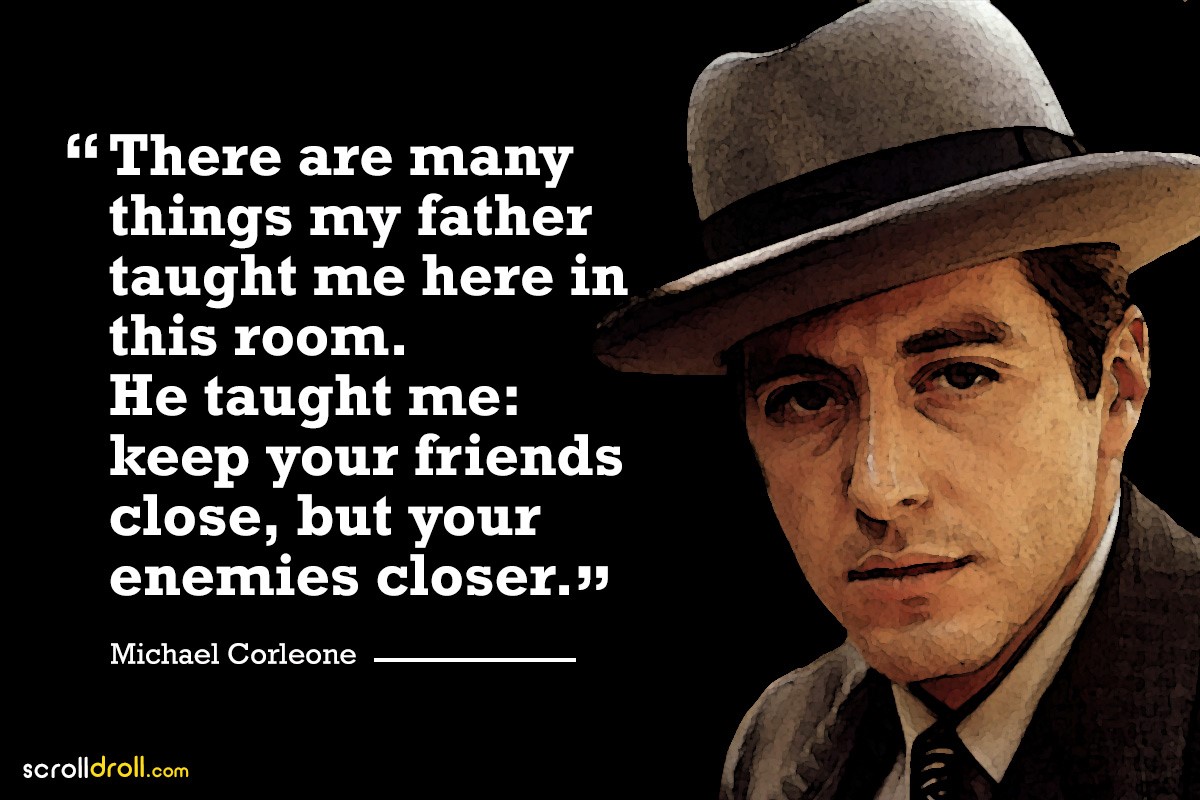wPDI & CSW: Strikeout Rate
Introduction
This is the fourth article in my wPDI vs. CSW series. You can catch up by reading the first three articles – on called strikes, whiffs and residuals.
Here is a quick summary of some of the basics of wPDI & CSW from this series:
Last year, I developed the Weighted Plate Discipline Index (wPDI) framework, whereby all pitches can be classified into six different outcomes as follows:
| Outcome | Outcome | Outcome | Outcome | Outcome | Outcome | |
|---|---|---|---|---|---|---|
| A | B | C | D | E | F | |
| Zone? | Out of Zone | Out of Zone | Out of Zone | In Zone | In Zone | In Zone |
| Swing? | Swung On | Swung On | No Swing | Swung On | Swung On | No Swing |
| Contact? | No Contact | Contact Made | No Swing | No Contact | Contact Made | No Swing |
Each outcome is then assigned a weight, or an index. A% through F% are the percent of pitches thrown in each outcome. The general formula for wPDI, the Weighted Plate Discipline Index is given as:
wPDI = IndexA * A% + IndexB * B% + IndexC * C% + IndexD * D% + IndexE * E% + IndexF * F%
wPDI can generate an all-in-one sortable metric used to evaluate pitchers. The plate discipline framework may be tailored to mimic (or to correlate to) various measures of deception or effectiveness.
In the first three articles of this series, we developed indices for wPDI to approximate the PitcherList metric, CSW. The Called Strikes + Whiffs (CSW) statistic was featured in last year’s FSWA Research Article of the Year by Alex Fast, and is defined as:
Called Strikes + Whiffs
Total Pitches
We separately tacked the called strikes and whiffs components, and landed on the following wPDI equation to represent CSW: Read the rest of this entry »

